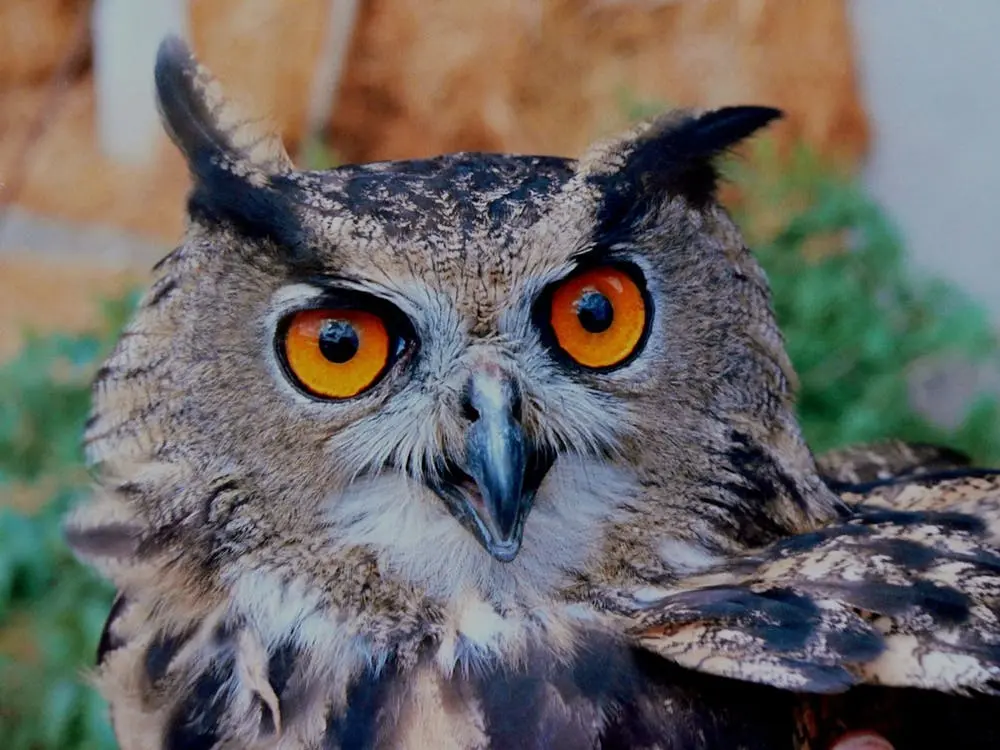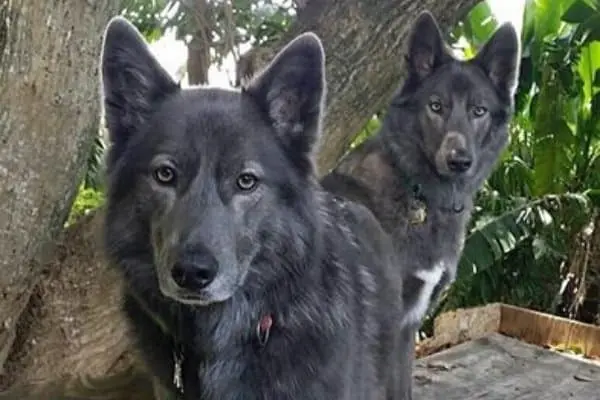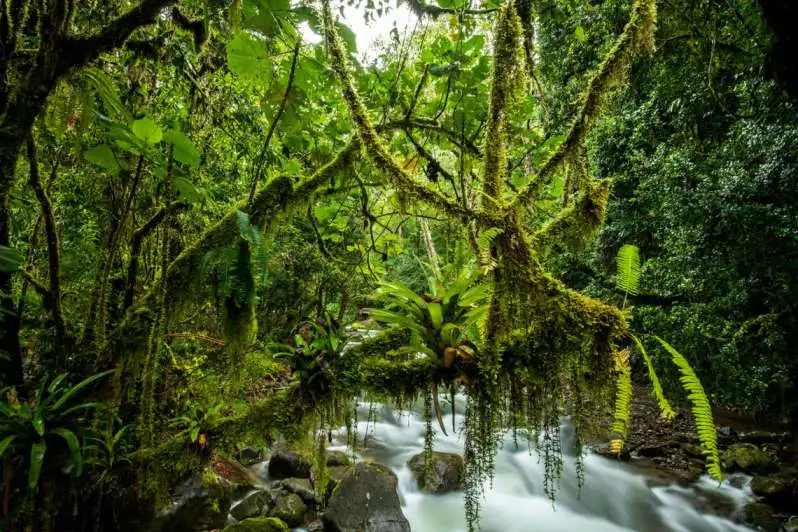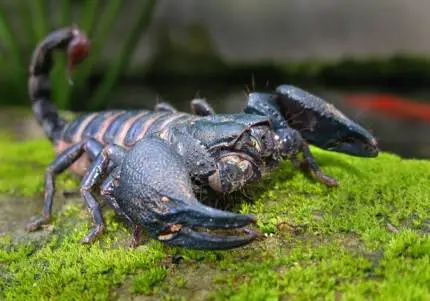There are 650 surviving breeding pairs of eagle owls. A endangered species of owl was being treated by the Austrian Federal Railways (OBB) due to electric shocks on their network. They looked to TE Connectivity (TE) for assistance in reducing power outages as well as in delivering easy-to-fit, long-lasting, and dependable wildlife and asset products.
The Difficulties In Protecting Wildlife And Networks
The number of protected eagle owls has increased in the Austrian Alps region of Carinthia throughout the past several years. With about 650 breeding pairs now, this mostly agricultural area has emerged as one of the birds' most significant natural habitats. However, a 50-kilometer section of an electrified railway passes through their nesting region, putting the birds at great risk of electric shock from the power transmission cables.
Austrian Federal Railways decided to insulate their electrical distribution network to aid in the conservation of the endangered eagle owl. This would assist cope with unwanted power outages in addition to shielding prey birds from potentially lethal electric shocks. As a result, ÖBB developed a conservation plan that required the installation of 900 bird covers on its insulators.

The project was only to be completed in five years. Moreover, severe snowfalls are frequent due to the region's high altitude. This meant that insulating blankets that could withstand increased moisture content and temperature fluctuations had to be purchased by the railway network. Reliability was seen as being crucial for this particular project. The solution has to offer complete insulation to prevent animal activity-related short circuits while also offering sufficient protection against electrocution for the raptors.
In what way did TE solve the issue?
TE's team of engineers was able to employ a special polymer composition to create a customized Wildlife and Asset Protection (WAP) solution for the railway because of TE's extensive experience in electrical system design. It not only fulfilled the technical standards set out by ÖBB, but it also managed the project's obligations of bird preservation. The outcome led to the creation of Raychem Red BCIC Bird Covers by TE.
Thanks to clever design approaches, these components were easily customized to fit ÖBB's regular horizontal insulators and their specific side fixings. This basically meant that the installation team could install the equipment using a same product, regardless of whether they met a pin, a horizontal, or a dead-end insulator. In order to verify the feasibility of the solution, TE's engineers verified the efficacy of the bird coverings by directly measuring their degree of dependability and insulation against ÖBB's insulators.
The coverings were simple to install and required little technical expertise, which allowed the railway to save money. Actually, conductors might extend from the hot-stickable coverings at an angle of up to 30° from any axis because of their flexibility. Most importantly, this could be accomplished without any cutting being necessary. This method was developed as a consequence of TE Raychem's sixty years of material science expertise. You may also read this: Most Incredible Wildlife Experiences in All of Canada
How did things work out for OBB?
OBB attempted to limit costs by mitigating any bird activity close to its networks, hence minimizing damage to its medium voltage transmission equipment. It resulted in one of the railway industry's greatest uses of power distribution and surge arresting technologies. The owls and the electrical network are both protected by the bird coverings, which also address environmental concerns in the places where the railway traverses. It is true that ÖBB has made an investment in a system that will function properly in both areas for a projected lifespan of more than 40 years.








